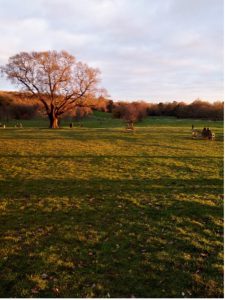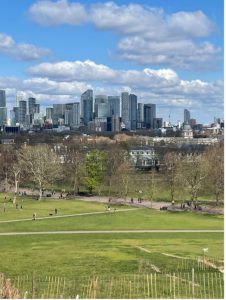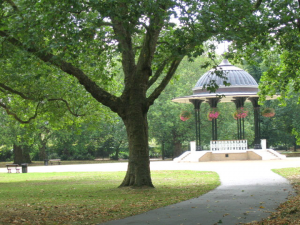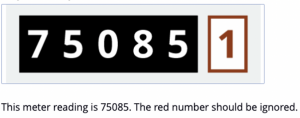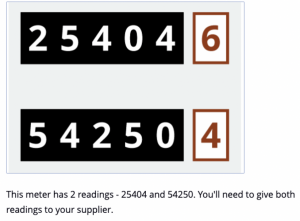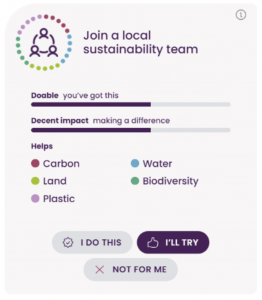This guest blog comes from Mason Cole, MA Politics and Contemporary History student and Sustainability Champion Assistant (SCA), supporting the King’s Energy Team.
The LED, or Light Emitting Diode, is a relatively new form of lighting that works through an electrical current passing through a microchip, illuminating the diode, and the result is visible light. To prevent performance issues, the heat LEDs produce is absorbed into a heat sink. No doubt you will have heard plenty about LEDs, not least through our previous blog posts, but why is it so important that we change all King’s lighting to LED?
The advantages of LEDs
First, in terms of practicality, LEDs produce light up to 90% more efficiently than incandescent bulbs. LEDs are ‘directional’ sources, meaning they concentrate light in a specific direction, unlike incandescent bulbs which emit both light and heat in all directions.
Next, the lifetime of an LED gives it a huge advantage over its market counterparts. Where the lifetime of a CFL or incandescent bulb is adjudged to be when it is “burnt out,” LEDs do not burn out. Instead, they experience something called “lumen depreciation,” whereby their brightness dims slowly over time. Therefore, their lifetime is a prediction of when they will be 30% less bright than when you purchased them.
Now to the technical part, but don’t worry I’ll keep it simple for now. LEDs are much brighter than the other options on the market. Some LEDs can reach 90+ in the Colour Rendering Index (more on that later). In addition, you can also choose which colour you would like and sometimes you can even change colour!
Last but not least, LEDs are much more energy-efficient than any alternative on the market. Not only do they last 25 times longer than incandescent bulbs, meaning you can minimise both production and waste, they also use 75% less energy than incandescent bulbs. They are more expensive initially, but they pay for themselves many times over in savings over their lifetime. It’s no wonder then that King’s are trying to modernise our light sources by switching to LED across all facilities.
CRI & Colour Temperature
If you are considering investing in LEDs, you may come across the acronym CRI (Colour Rendering Index) and hear about colour temperature. First, the CRI refers to the quality of the light. It is judged out of 100, with 100 representing sunlight. Think of it this way, if you have a light with about 70 CRI it may simply reflect off your lecturer’s bald head. If you had a light of 90+, you’d be able to see every liver spot and mole – scary stuff!
Now, in lighting, when we talk about colour temperature we do not mean if a light is hot or not. Instead, we refer to the colour of the light, measured in Kelvins. Usually, you can get LEDs that range from 3000K (warm, yellowish light) to 6000K (cool, white light) but you can also get RGB (Red-Green-Blue) where you can change colours at will!
What is King’s doing?
Here at King’s we’ve set some ambitious energy targets and switching to LED is one way we can become more energy efficient. We’ve already begun the switch, but there’s still a long way to go, and here’s where we could use your help. If you notice any old incandescent bulbs anywhere around campus please reach out to let us know. You never know when one may have slipped through the net.
As always, if you have any further questions or want to get involved with King’s Energy, get in touch!


 .
. 